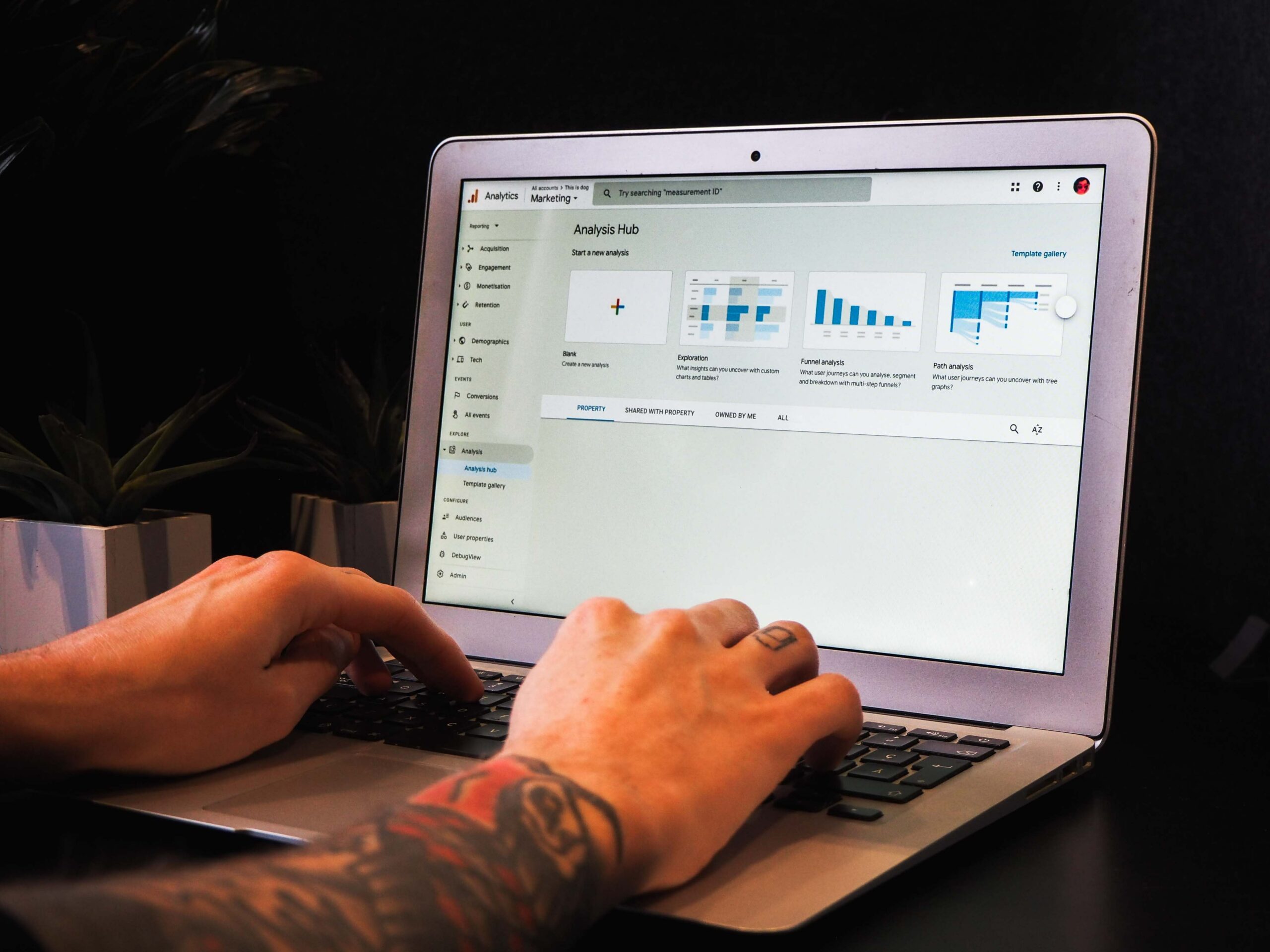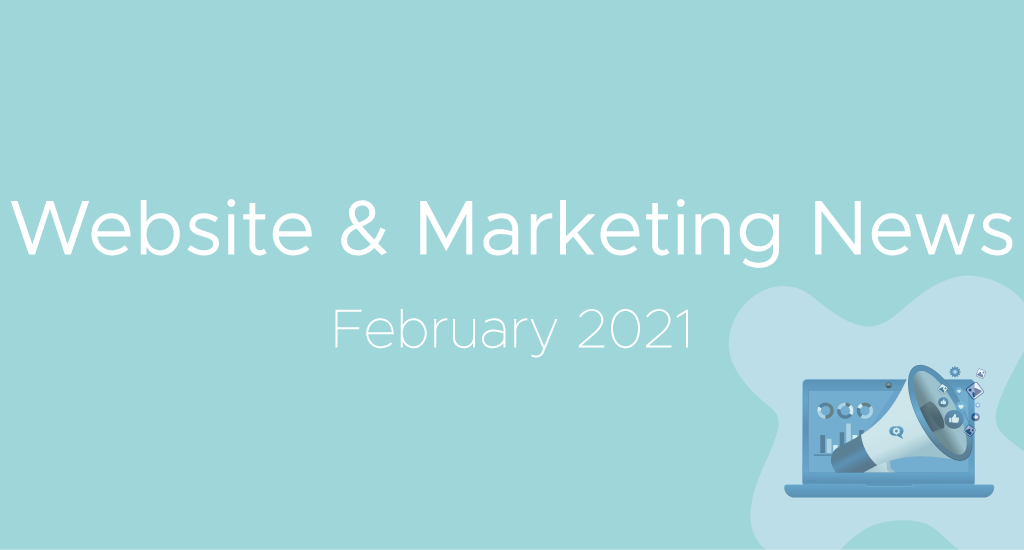The changes and challenges within digital marketing in the first 6 months of 2020 have been vast.
Specifically paid advertisement.
With the global pandemic (I’ll try to avoid talking about this too much), new technologies and product releases from Google and the continued shift towards a more automated way of running ads accounts, I think anyone would agree!
Below we discuss the main points we feel have, and will continue to, impact the way we have worked in 2020 to address our client’s core business challenges.
Automation
This wouldn’t be a true PPC article without talking about the hot topic of the past 2 years in the industry, the continued automation of Google Ads.
This has occurred in numerous ways, including, but not limited to:
- Automated bidding strategies,
- Dynamic Search Ads (DSA Campaigns),
- Responsive Display Ads (RDA’s)
- SMART campaigns.
The importance of these tools has steadily increased and now a Google Ads account will under-perform if they do not incorporate some form of automation in their day-to-day activities.
With this increased importance, automation of account performance has many PPC practitioners beginning to worry about their roles moving forward however, it is as important now as ever to be up to date and using these tools to improve performance of accounts.
The role of a PPC marketer has moved on from someone constantly making small bid adjustments and optimisations, to one who needs to take a step back and look at campaign performance on a more strategic level.
Taking advantage of the automation tools at our disposal which, is used correctly, produce significantly better results.
An example of this could be in the use of SMART shopping.
Although initially sceptical, we have used this style of campaign to target different feeds as our bottom of the funnel.
Using more information than we would be able to provide to increase account ROAS by over 200% in just 6 months.
This has not meant our role has become redundant however, as we are analysing the campaigns and product performance to be able to work out what products work best in this style campaign, and how we can make it as streamline as possible.
Mobile First, Or Is It?
It is well known that mobile searches have steadily increased over the last few years, with annual trends regularly showing between 50-60% of all searches are coming from mobile devices.
However, does this mean that we should automatically replicate this with our PPC budgets?
For many still, the act of purchasing a high-value product online is best done through a desktop, because of the perceived higher security.
This poses an interesting challenge for PPC practitioners in understanding what stage their target audience are at in the conversion pathway and how they can produce touch-points for their product or services.
An example could be a online cycling retailer, that knows through analysis that the majority of their products are purchased on a desktop, and so would look to apply -100% mobile device modifiers to their bottom-of-funnel campaigns.
They however want to make sure that their mid-funnel campaigns still reach users whilst they are in the process of making their decisions and know that a significant proportion of this ‘consideration phase’ traffic comes through mobile device.
Because of this, they look to apply a 30% mobile modifier to these specific campaigns.
In comparison, a law firm are looking to make initial contact with a prospective client, and so running led-form ad extensions on their campaigns would help to take advantage of this uplift in mobile traffic.
Like with many parts of PPC, the way to gain a competitive advantage is by understanding your target audience and tailoring your activity to reach the right people, at the right time.
(Socially distant) Touch Points
Following on from my point about increased mobile traffic, there is also a greater need to understand user search behaviour, analysing each client’s path to conversion and shaping activity to include multiple touch points, if required.
Using the same example of an online Cycling retailer, we know that there will be a period of initial research, which may include research of different brands and models before deciding on which product to go for.
After this, the user will search around for the best deal, or look for additional features that could be included to make the offer more attractive, for example a finance deal or additional parts and services.
Within this ‘consideration’ phase, it is important to re-engage the user through RLSA and Display Re-marketing campaigns.
Although these campaigns may not result in more ‘last-click’ conversions, they will assist in the conversion process, generating more overall sales for the lower-funnel campaigns.
The touch points are also not just limited to Google Ads. Utilising Social Media channels like Facebook and Twitter to act as touch-points also helps to improve the overall campaign performance.
Uncertainty Is Always Around The Corner
The main point we can take from the first 6 months of 2020 is that yes, uncertainty is always around the corner.
COVID-19 has massively affected everything and will have an effect on paid advertising for the foreseeable future.
More organisations will now bring in contingency planning around what do to if this situation is to arise again and unfortunately, this will most likely mean cuts in marketing budgets (as we have already seen) and shorter contracts for agencies and practitioners to allow more flexibility in these situations.
This not only means more uncertainty for agencies and practitioners alike; it may also mean some companies moving away from paid advertising all together if they are seeing the results without having to invest heavily into PPC.
There are however a few opportunities that arise.
If you or your organisation can show your services to be above and beyond those of your competitors, producing a real return on investment for your clients and being able to adjust and adapt to challenging markets and situations, then your reputation as an organisation can only improve, resulting in stronger relationships with your clients, and a better industry-wide reputation.
Hopefully, we will be able to look back at this situation as a jolt-start in pushing us, as an industry performing better, to make the most of our situations and develop into better, all round marketers.
Are you making the most out of this time of uncertainty?







